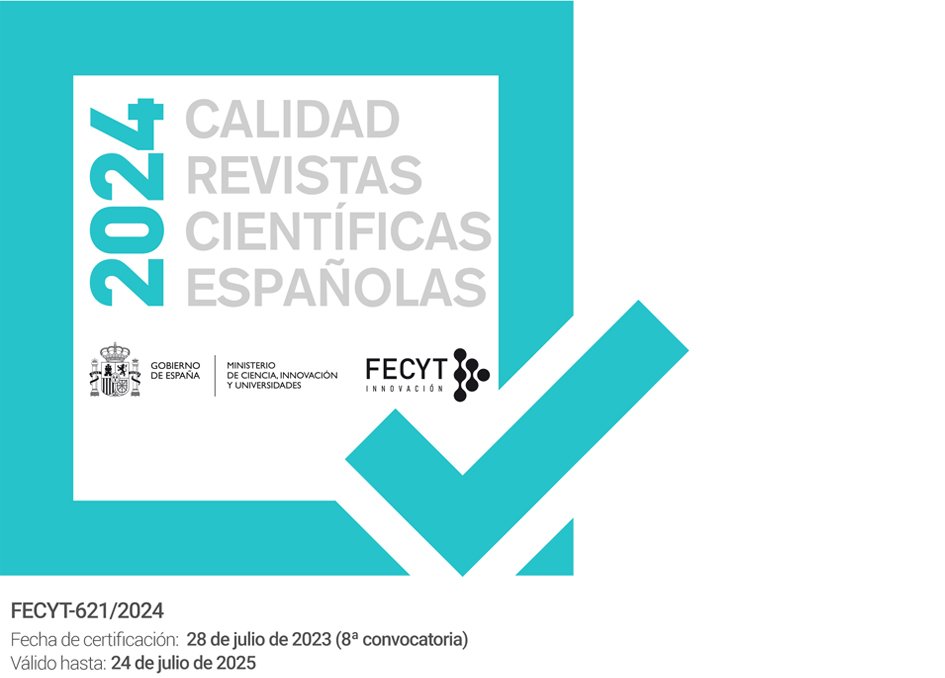How to protect the rights of indigenous peoples to prior informed consent and benefit sharing in respect of medical interventions or scientific research in the ‘Global Biomedical Convention’ : Lessons from International Biodiversity Law and Biopiracy Case
Abstract
Biological resources and associated traditional knowledge of indigenous peoples have long been exploited by multinational corporations for their profits with little or no acknowledgement of and compensation for them and it is called ‘biopiracy’. Not just their natural resources and associated knowledge but their own genetic information or genes in their bodies have also been the target of the scientists who are seeking to trace human history or cure disease by investigating human genes.
Thus, to combat biopiracy, a number of international agreements such as the Convention on Biological Diversity (CBD) have been adopted and benefit sharing agreements between users and providers of the resources including indigenous peoples in some biopiracy cases have shown how benefits can be shared with indigenous peoples. However, in biomedical field while plenty of piracies of genetic information of indigenous peoples have happened, no international legal binding convention has been adopted and few benefit sharing agreements have been reported, which makes it difficult to protect their rights in a coherent manner.
Thus, this paper would like to argue that a global convention in the biomedical field or the ‘Global Biomedical Convention’ which contains some provisions for the protection of the rights of indigenous peoples to their genetic information should be adopted and international biodiversity laws such as the CBD could provide some lessons in this regard. For instance, while the CBD (and Nagoya Protocol adopted under the Convention) ensures the rights of indigenous peoples to benefit sharing, few benefit sharing provisions have been provided in international biomedical laws.[1] In addition, as some biopiracy cases such as Hoodia case provide a good benefit sharing experience, such biopiracy cases could provide useful practical lessons for the protection of the rights of indigenous peoples to their genetic information.
Therefore, this paper would like to suggest some key components of the provisions of the ‘Global Biomedical Convention’ regarding the protection of the rights of indigenous peoples to their genes especially focusing on their rights to prior informed consent and benefit sharing in respect of medical interventions or scientific research based on the analysis of some international biodiversity laws as well as some existing international biomedical laws. At the same time, an important biopiracy case, Hoodia case, will also be analyzed to show how indigenous peoples successfully fought against the exploitation of their natural resources because it could provide some practical lessons for the protection of the rights of indigenous peoples to their genetic information.
[1] In this paper, although there are some international biodiversity and biomedical laws, this paper would like to focus on the CBD and its Nagoya Protocol for international biodiversity law and the Universal Declaration on Bioethics and Human Rights, the Universal Declaration on the Human Genome and Human Rights and, the Convention on Human Rights and Biomedicine for international biomedical law because they are the most comprehensive (and representative) international laws in each field.
Downloads
Published
How to Cite
Issue
Section
License
Those authors being published in this journal agree to the following terms:
- Authors retain their copyright and they will guarantee to the journal the right of first publication of their work, which will be simultaneously subject to license recognition by Creative Commons that allows others to share such work provided it is stated the author’s name and his first publishing in IUS ET SCIENTIA.
- Authors may take other non-exclusive distribution license agreements version of the published work (e.g. deposit in an institutional digital file or publish it in a monographic volume) provided it is stated the initial publication in this journal.
- It is allowed and encouraged that Author s disseminate their work via the Internet (e. g. institutional digital files or on their website) prior to and during the submission process, which can lead to interesting exchanges and to increase citation of the published work.



